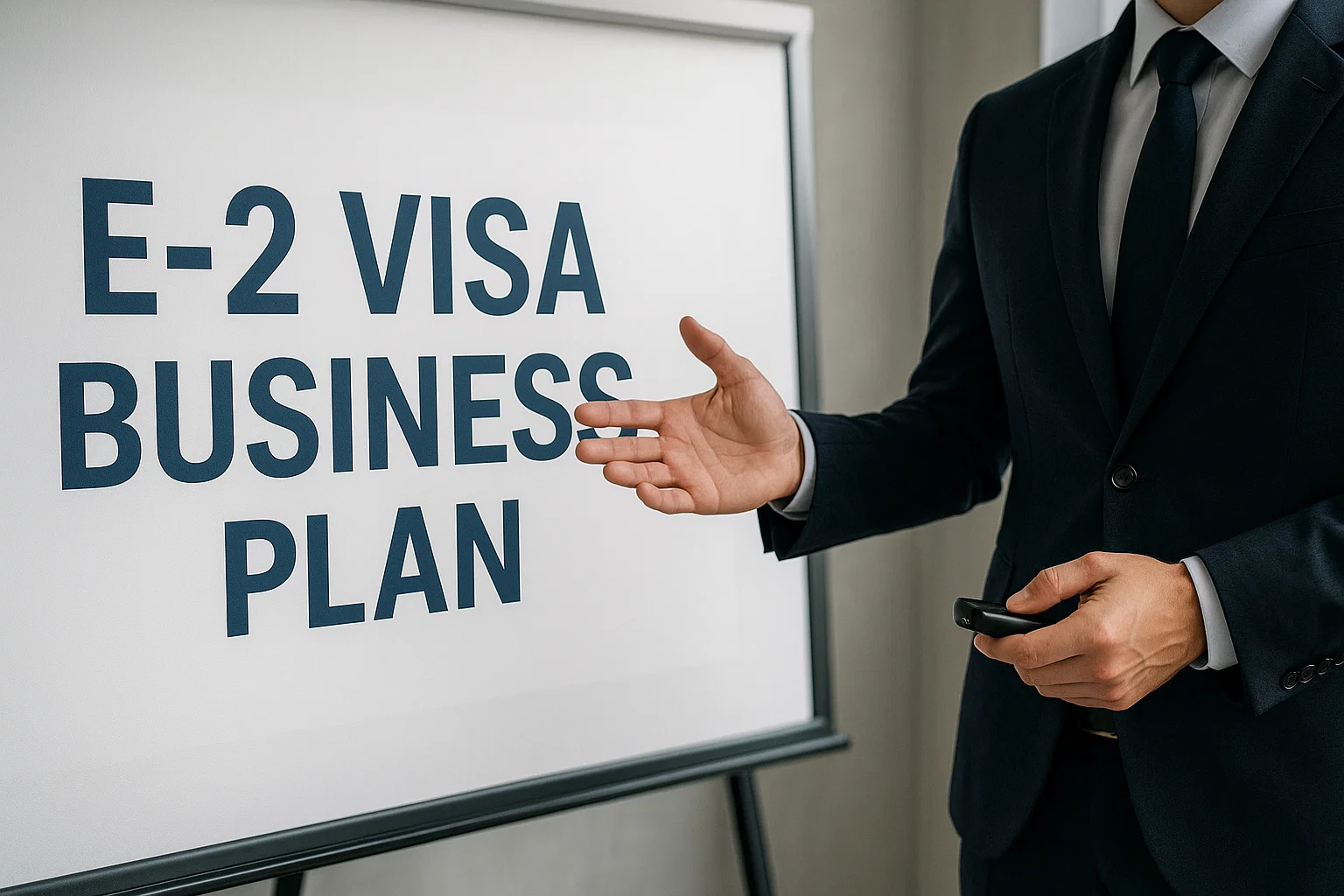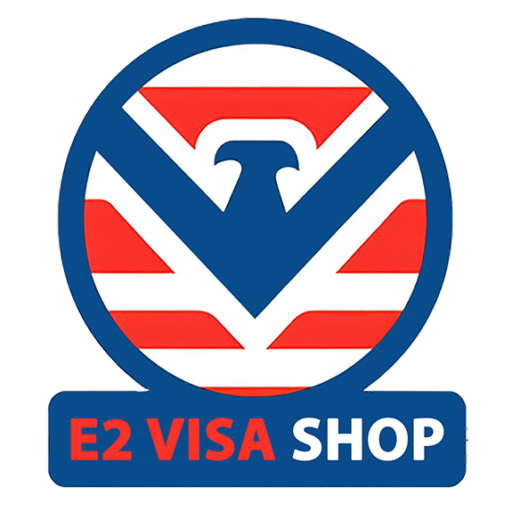
Applying for the E-2 Visa is more than just filling out forms and proving you’ve invested money. At the heart of a successful application lies a single, powerful document: your business plan. It’s not a pitch deck. It’s not just an idea on paper. It’s a full strategic blueprint that shows the U.S. government your business is real, substantial, and capable of generating economic value — for you and for the country.
In today’s competitive immigration environment, a well-crafted E-2 business plan can turn a skeptical visa officer into a confident one. Here’s how to build one that does just that.
The Business Plan is Your Case — Not a Supplement to It
Think of your business plan as a courtroom presentation. You’re not just sharing information — you’re building a case. And that case must prove, with clarity and structure, that your business meets the core E-2 requirements: that you’ve made a substantial investment, that the business is active or ready to launch, and that it’s not marginal (meaning it can support more than just you and your family).
A good business plan should leave no doubt: this is a legitimate business that will hire American workers, grow its operations, and contribute to the local economy.
Start With a Story — But Make It Strategic
Every strong E-2 plan begins with an executive summary that quickly orients the reader. But forget the generic mission statements. Instead, speak directly: What is the business? What have you invested so far? Where is it located? Why is now the right time to launch?
It’s also important to establish ownership and visa intention right up front — including your nationality, percentage of ownership, and confirmation that the funds invested are irrevocably committed.
If your story doesn’t connect the dots between who you are, what you’ve built, and why it matters — the rest of the plan will lose its power.
Details Matter — Especially the Financial Ones
Numbers are the backbone of your application. The business plan must offer a clear breakdown of where your money is going. Rent, equipment, licenses, marketing — everything should be documented with actual receipts or signed contracts.
Equally important are the financial projections. Most business plans include a 5-year forecast, including profit and loss statements, cash flow projections, and balance sheets. These should be based on realistic assumptions. Avoid overly optimistic growth rates or inflated hiring plans — consular officers have seen it all.
Show you understand your market, know your operating costs, and have a pathway to sustainability — not just survival.
Show That You’re Building Something Bigger Than Yourself
One of the biggest reasons E-2 petitions are denied is the “marginality” issue — when the business appears to support only the investor, with no real job creation for others.
Your plan must clearly demonstrate how your business will create employment for U.S. workers. This means more than vague promises. Outline positions you plan to fill, with approximate salaries, timelines, and descriptions of duties. Whether you’re hiring part-time baristas or full-time dispatchers, make sure it’s tied directly to your financial growth and operational needs.
Hiring even 2 to 3 employees in the first 12–18 months can make all the difference.
Market Research Isn’t Just a Buzzword
Visa officers want to know you’ve done your homework. This doesn’t mean dumping data from Google Trends — it means understanding your niche and explaining it in a way that’s meaningful.
Who is your target customer? Why will they choose your product or service over others? What are the market trends supporting your business? And what are your real competitors doing, right now, in the area you’re setting up?
Use plain language to make your case — and if possible, support it with real-world examples, not just theories.
Professional Presentation Counts
A strong business plan is also visually clean and professionally structured. Use consistent formatting, simple fonts, and include graphs or charts where they add clarity. Avoid filler content or technical jargon. A consular officer with 20 cases to review will appreciate clarity and brevity over verbosity.
In some cases, including photos of your storefront, product mockups, or even marketing samples (like flyers or ads) can help prove that you’re operational or on the verge of launching.
Avoid Common Pitfalls
One of the biggest mistakes is using a generic template — or worse, copying and pasting from someone else’s business. Another is forgetting to update your business plan before an interview, especially if there have been changes since submission. And finally, many applicants leave out proof of how the funds were transferred and spent, weakening the “money at risk” argument.
If the officer doubts whether your business is real, active, and viable, they may not issue the visa — even if everything else looks fine on paper.
Final Thoughts
The E-2 Visa isn’t just about capital — it’s about commitment. And your business plan is the one document that shows that commitment in action.
A well-prepared plan reflects your vision, your investment, and your seriousness about launching a U.S. business that has value. When done right, it becomes more than just a requirement. It becomes your foundation for success.
Whether you’re launching a trucking company in Texas, a consulting firm in Florida, or a beauty salon in California — the structure of your business plan matters. It can open doors, not just to a visa, but to a future built on entrepreneurship and long-term growth.
